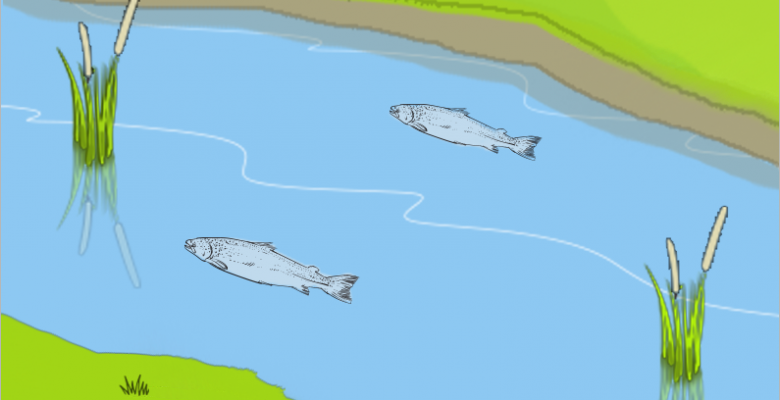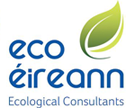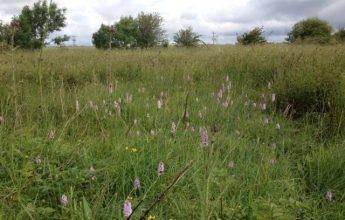
What you Need to Know about Appropriate Assessments
What is an Appropriate Assessment?
The EU Birds and Habitats Directives set out various procedures and obligations in relation to nature conservation management in Member States, which Includes Ireland. A key protection mechanism is the requirement to consider the potential impacts that any plan or project may have on a Natura 2000 site. Each plan or project which is passed through the local authority planning process is captured by this requirement where if it is predicted that effects the plan or project may have both on its own and / or in combination with other plans and projects it will be passed through a process known as Appropriate Assessment (AA). The EU Birds and Habitats Directives set out various procedures and obligations in relation to nature conservation management in Member States, which Includes Ireland. A key protection mechanism is the requirement to consider the potential impacts that any plan or project may have on a Natura 2000 site. Each plan or project which is passed through the local authority planning process is captured by this requirement where if it is predicted that effects the plan or project may have both on its own and / or in combination with other plans and projects it will be passed through a process known as Appropriate Assessment (AA). There are four stages of AA:
Stage 1: Screening
• Define the development proposal
• Establish the qualifying features of the Natura 2000 site(s) included within the assessment
• Identify potential effects associated with the proposal on the site and the protected species within
• Determine whether the proposal is directly connected with, or necessary to, site management for conservation
• Assess whether the proposal will result in a likely significant effect (LSE)on the site, either individually or in combination with other plans or projects. This stage is often referred to as “Screening”. Caselaw states that a plan or project is likely to have a significant effect where ‘it cannot be excluded on the basis of objective information that the plan or project will have significant effects on the sites concerned’
Stage 2: Appropriate Assessment
• If a plan or project cannot be screened out at Stage 1 (i.e. if it is considered that it will have a potential impact on a Natura 2000 site) it is passed through the Assessment Stage (Stage 2)
• Stage 2 can also be referred to as a Natura Impact Statement (NIS) and the impact of the plan or project on the integrity of the Natura 2000 site with respect to the conservation objectives of the site and to its structure and function is considered
Stage 3: Assessment of Alternative Solutions
• This stage examines alternative ways of implementing the project that, where possible, avoid any adverse impacts on the integrity of the Natura 2000 site
Stage 4:
• Where imperative reasons of overriding public interest (IROPI) exist, an assessment to consider whether compensatory measures will or will not effectively offset the damage to the sites will be necessary
A ‘competent authority’ (usually a planning authority, though sometimes other organisations such as the NPWS or EPA) can only agree to the proposal after having ascertained that it will not adversely affect the integrity of the site, it is usually however the proposer who takes responsibility for setting out an evidence base on which a competent authority can determine a plan or project in line with the requirements of the regulations.
When do I need to get in touch?
The requirement for undertaking an AA is usually identified at an early stage in any project either through pre-planning advice, contents of local policies or direct communication with statutory nature conservation bodies or other statutory bodies. Alternatively, the combination of desk study and site assessment included in a Preliminary Ecological Assessment may identify the requirement to undertake an AA. Investigating possible requirements for AA at an early stage in any project is advised as the legislation protecting the Natura 2000 network is strong and there is a heavy focus on considering cumulative effects of other plans or projects.
How can EcoÉireann help me?
We have extensive experience of undertaking AA’s across Ireland on a range of complex sites. This experience is underpinned by our in-depth knowledge of the relevant European Legislation. Together with our knowledge of the relevant habitats and species and in many cases close familiarity with the designated sites themselves, we provide robust advice on any likely significant effects on your site and how best to avoid and/or mitigate for these.


